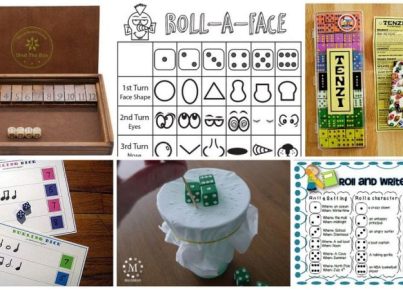In the modern classroom, educators are striving to make learning more visible and impactful for their students. By making learning visible, teachers can help students understand their own learning process, track their progress, and demonstrate their knowledge and skills. Here are 9 effective strategies to make learning visible in the classroom:
- Learning Goals and Success Criteria: Clearly communicate the learning goals and success criteria to students. This ensures that students understand what they are expected to learn and how their learning will be assessed.
- Formative Assessment: Use formative assessment strategies to gauge student understanding throughout the learning process. This can include quizzes, exit tickets, or quick check-ins to identify areas where students may need additional support.
- Visible Thinking Routines: Implement visible thinking routines, such as Think-Pair-Share or Socratic Seminars, that encourage students to articulate their thoughts and engage in meaningful discussions. These routines make students’ thinking visible to both themselves and their peers.
- Reflection Journals: Provide students with opportunities for reflection by using reflection journals. This enables them to think critically about their learning, identify areas of growth, and make connections to real-world experiences.
- Digital Portfolios: Have students create digital portfolios to showcase their learning artifacts, such as projects, essays, or multimedia presentations. This allows students to take ownership of their learning and share their progress with others.
- Learning Logs: Use learning logs or journals where students can document their learning journey, record observations, ask questions, and make connections between new concepts and prior knowledge.
- Peer Feedback: Encourage students to give and receive constructive feedback from their peers. This promotes a collaborative learning environment and helps students identify areas for improvement.
- Visible Learning Walls: Create visible learning walls in the classroom that display students’ work, learning goals, and exemplars. This makes learning visible to everyone in the learning community.
- Celebrate Learning: Recognize and celebrate student achievements to reinforce the value of learning. This can be done through certificates, awards, or classroom celebrations.
By implementing these strategies, educators can make learning visible in the classroom, ensuring that students are actively engaged in the learning process, developing a deeper understanding of the content, and becoming more self-aware learners.





